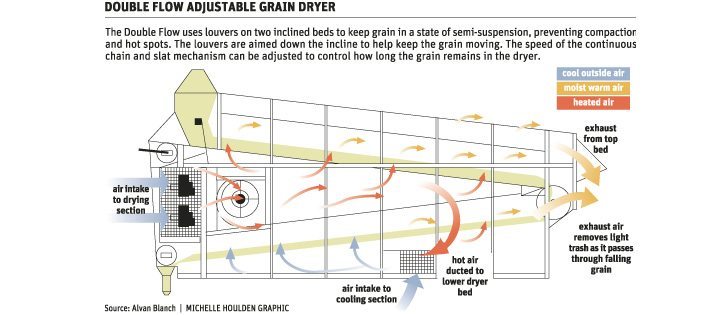Farmers climbing into sprayers to deal with pre-seeding burn off could gain valuable knowledge about weed resistance issues by having the proper tests done.
That could pay off in time savings and money by making sure proper herbicides are applied.
Saskatchewan’s Crop Protection Laboratory can test weed seeds for resistance to herbicides, which could take the guesswork out of herbicide selection.
Doug Pchajek, manager of production technology at the lab, said herbicide testing is usually done over winter from samples collected earlier in the year.
Read Also

Farming Smarter to hold Agronomy Battles series
Southern Alberta non-profit research institute hope grassroots sessions with producers help focus future research on cover crops, strip tillage and herbicide resistance
“They’re just wrapping up the herbicide testing,” he said.
He expects results to be published in the government’s Agriview magazine in June.
Knowing if weeds in a field or region are resistant to a particular group of herbicides is important to help farmers select effective herbicides.
Over time, repetitive use of the same herbicide or herbicides from the same group can promote resistant weeds. Lab tests are intended to give a rough idea of the presence of resistance in the sample submitted.
Here’s how to submit samples to the crop protection laboratory to test for herbicide resistance:
- If possible collect only mature, healthy seeds from the suspect plants. Green or diseased seed will not properly germinate and will impede the diagnosis or make testing impossible.
- At least 1,000 seeds per herbicide group is desirable. When there is a need for several groups of herbicides to be tested, the number of seeds should be increased accordingly.
- Collect seeds from specimens that appear to have survived the herbicide application. If other labelled weeds have been controlled in the area there is stronger reason to suspect resistance.
- Note the crop from the current and the previous four years, the herbicides used and rates of application, the timing of application, (including the growth stage of crop and the weed), climate conditions at the time of application, the weed’s distribution and level of control.
- Do not submit seeds that have been treated with a pre-harvest herbicide.
- Indicate the herbicide resistant groups that you want tested.
- Include the online herbicide resistance diagnostic laboratory form available online.
- Place seeds in paper bags and allow them to air dry for a few weeks in a dry environment. This prevents mould.
- Seeds should be relatively clean with as little foreign material as possible.
- Once the seeds are dry, they should be packaged in durable containers including strong plastic bags and then placed in sturdy cardboard containers (or equivalent) before shipping.
- Never add water to the samples or the packaging because this will result in rotting, or bacterial or fungus growth. The only exception is for disease samples where viral causal agents are suspected. For these specimens, the sample must be maintained as fresh as possible.
- For above-ground parts showing symptoms, wrap individual parts between lightly moistened paper towels and ship to the lab as quickly as possible.
- If possible, avoid sending fresh specimens over the weekend.
- The information about the sample may be as significant as the sample itself so provide as much information as possible.
- Include the correct sample form available at www.agriculture.gov.sk.ca/Crop_Protection_Lab.















